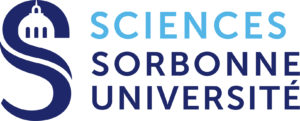
Aromatic polyamide fibers, known to the general public under the trade name Kevlar® fibers, push the limits of synthetic polymers in terms of stiffness and strength. These fibers have higher elastic moduli than aluminum or glass, while being three times lighter. Today these fibers are used for numerous applications, we could cite in particular pneumatic reinforcement. This work sheds light on the damage mechanisms of Kevlar™ fibers. It is surprising to note that after more than 60 years of intensive use, these fundamental mechanisms have still not been explored ! Contrary to the commonly accepted hypothesis of a very elastic deformation, a close observation by SEM under mechanical loading allowed to unveil a widespread damage on the entire surface of the fiber and reveals the key role of micro fibrils. This experimental study at the scale of a single fiber (fiber diameter 10µm) made it possible to outline a new rupture scenario. It has been shown that a slight twisting of the fiber makes it possible to further improve the mechanical strength of these fibers. We have highlighted the crucial role of cooperativity between micro fibrils on resistance to rupture. The mechanism observed at the scale of the single fiber is similar to that which is exploited at the scale of the rope by ensuring a recovery of forces.
Contact : ![]() ,
, ![]()
https://onlinelibrary.wiley.com/toc/26424169/2023/61/20


